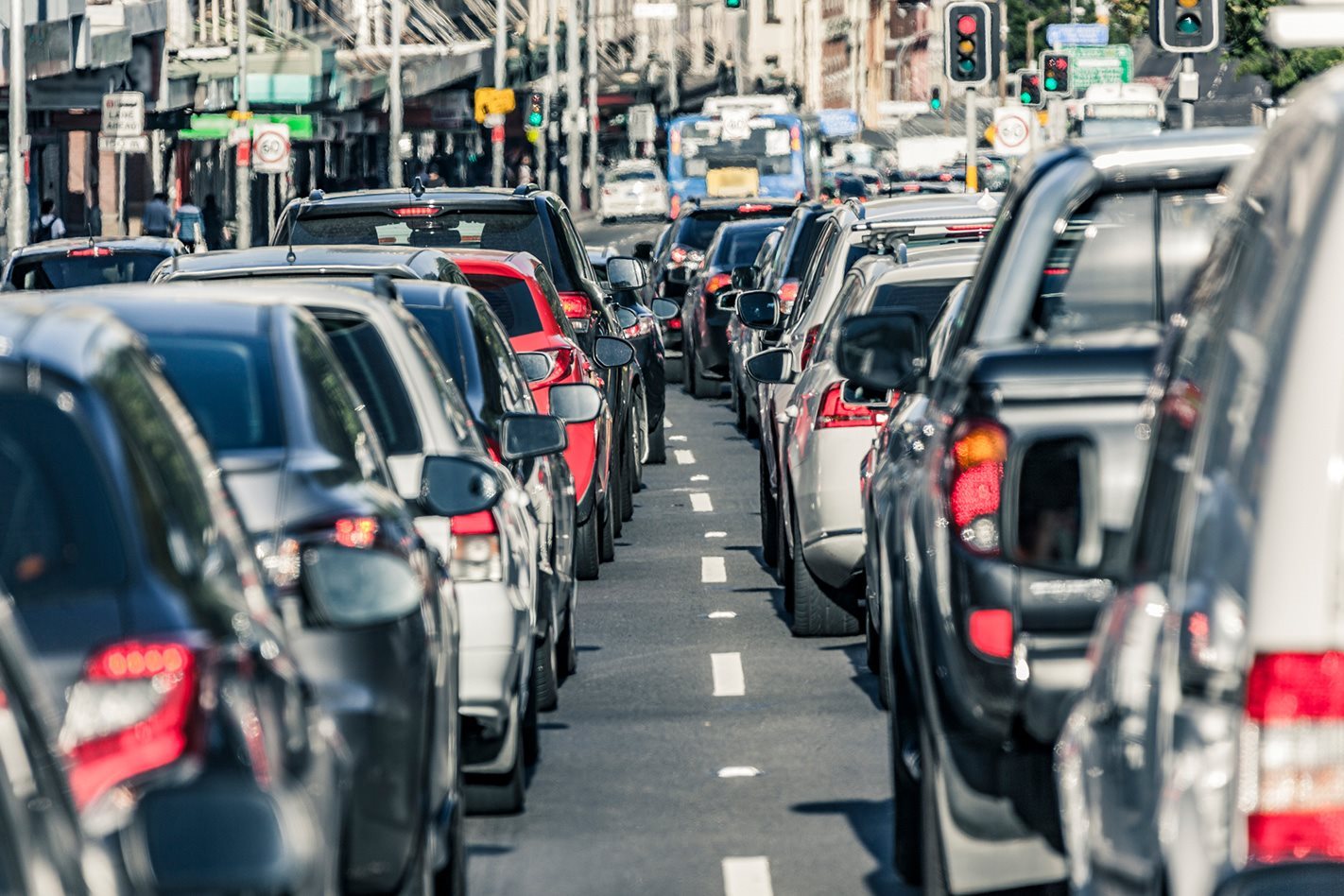Key Points
- BMW boss outlines plans to tackle emissions
- First time speaking at UN climate summit
- Carmakers use EV Rally Scotland to showcase models’ capability
The chairman of BMW Group’s board of management has given a keynote speech setting out the car industry’s priorities at the UN’s climate summit in Glasgow.
For the first time, Oliver Zipse addressed the three-day COP26 event to outline how his company plans to tackle the fight against climate change.
“The key to sustainability lies in innovation: in innovative technologies, but also in innovative thinking that accepts no boundaries,” he said.

“Most importantly, together we must choose and follow a binding path with clear goals. Always according to the motto: No more waiting. No more clever tactics. It’s time to act – now.”
The BMW Group has attended every UN climate summit since 2008. At this year’s COP 26, hosted by the UK, the company is showing off the BMW i Vision Circular, which is produced from 100 per cent secondary materials.
By 2030, BMW plans to reduce CO2 emissions from its vehicles by at least 40 per cent – starting with the raw material, through the supply chain, production and the use phase, all the way to recycling. The firm also says it is committing to a goal of total climate neutrality by 2050.

The BMW Group released the first electric car produced in Germany on a large scale, the BMW i3, back in 2013, and by 2030 more than 50 per cent of its annual vehicle sales will be fully electric.
Sub brands Rolls-Royce and Mini will also be exclusively all-electric from the early 2030s onwards, with the latter announcing yesterday that the successor to the current Mini Countryman will be sold as an electric vehicle – though combustion engines will still be offered in the range.

“Ramping up electromobility is the single most important factor on the road to climate-neutral mobility. But even in industrialised countries, there is still one major obstacle: the lack of infrastructure,” Zipse added.
Alongside the summit, carmakers including Stellantis brands Peugeot, Citroen, DS, Fiat and Vauxhall, as well as Korean firm Kia, are taking part in the ‘EV Rally of Scotland’ – a five-day, 1,234-mile (1985-kilometre) race to showcase the capabilities of electric vehicles.
On show for Stellantis are the Peugeot e-208, Citroën ë-C4, Vauxhall Mokka-e, Fiat 500 and DS 3 Crossback e-Tense, while Kia is taking its EV6 and e-Niro to the Scottish roads.

Stellantis plans to have low emissions vehicles account for 70 per cent of total sales in Europe by 2030. From 2028, Vauxhall will only sell full-electric vehicles, whilst from 2025, DS will only sell full-electric and plug-in hybrids, with both brands being several years ahead of the UK Government’s ban on the sale of new petrol and diesel cars and vans.
Kia’s EV6 is the first of 11 EVs due to make up the brand’s global electrified line-up by 2026.
Meanwhile, local firm H2X has shared its own breakthroughs at the conference, showcasing its hydrogen fuel-cell technology and powertrains for vehicles and machinery.
This tech will be used in its Warrego Ute, a fuel-cell electric utility vehicle, alongside a range of other heavy-platform vehicles – all of which are set to be manufactured in Gippsland, Victoria.

The company’s hydrogen fuel-cell hybrid technology is designed to drastically reduce refuelling time and increase driving range and hydrogen efficiency. Its modular platform allows the hybrid energy system and fuel-cell to be customised to maximise efficiency and performance according to the user.
“The global hydrogen market is accelerating with governments around the world committing billions of dollars in incentives to accelerate the transition to renewable energy and meet their net zero emissions targets,” chief executive Brendan Norman said.
“Hydrogen fuel-cells have become a key focus for many given the technology advancements that have enabled hydrogen FCEVs to refuel more quickly and travel longer distances.
H2X recently reached an agreement with the Gippsland Circular Economy Precinct to manufacture hydrogen fuel-cells, electrolysers, hydrogen fuel-cell powered vehicles, and a range of hydrogen power units, including generators and emergency power supplies, in the region.
We recommend
-
 News
NewsThis is every Electric Vehicle strategy, brand by brand
From Audi to Volvo: Here's how the major manufacturers will transition into the electric age
-
 News
NewsNo ICE reduction target included in Australia's net zero 2050 plan
Prime Minister unveils climate plan, but auto industry goals are still missing
-
 News
NewsCar industry slams Government's EV strategy for lacking incentives and targets
The long-awaited policy for electric vehicles falls far too short of what's needed, say industry figures






